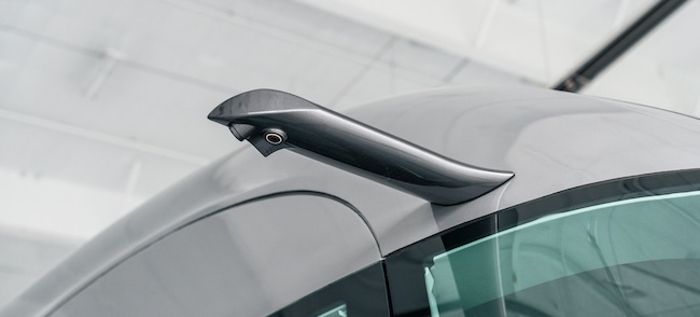
All-composite Cab Design 20% Lighter, More Aerodynamic Than Conventional Models
TPI Composites Inc. (TPI) is pushing the boundaries of weight reduction and aerodynamics via an all-composite cab design adopted in the next-generation Kenworth SuperTruck 2. TPI’s expertise in the development and design of lightweight, high-strength composite materials has enabled the manufacturing of critical components and cab structures with significant weight reduction and improved freight efficiency.
Joint investment by US DOE and Kenworth’s parent company.
The SuperTruck 2 program is a public-private partnership with the US Department of Energy (DOE) that challenges truck makers to improve freight efficiency using a diesel engine as the main power source. The program has the potential to significantly impact the trucking industry while making significant strides toward a more sustainable future. Kenworth’s SuperTruck 2 was the result of a joint investment by the DOE and Paccar, Kenworth’s parent company.
The ultramodern style of the Kenworth all-composite cab is 20% lighter than a comparable traditional metallic cab typical of Class 8 vehicles while also providing significant improvements in aerodynamics. “We appreciate TPI’s partnership, expertise, and R&D investment in the development of the composite cab, which supports the lightweighting and aerodynamic improvement goals of our SuperTruck 2 program,” said Joe Adams, Kenworth’s chief engineer.

Aerodynamic camera-based digital mirror system cheats the wind. Image courtesy of Paccar.
The new cab design also results in 48% less drag, thereby enabling a 12-mpg gain in fuel efficiency. An integrated camera-based digital mirror system also cheats the wind, with trailer tracking capability and night vision enhancements, to boot.
Additional design features include the capability to raise the cab for negotiating rough roads and bringing it back down to a lower position for smooth interstate travel.
Accelerated market introduction.
Composite cab structures enable truck OEMs to bring new products to market quicker with a lower production investment. They also offer multiple performance advantages over traditional metallics. Composites can be molded into complex shapes, supporting design flexibility that allows for more aerodynamic features using fewer parts. The lightweight structures contribute to improved fuel efficiency for internal combustion vehicles and extended range of electric vehicles.

Leave a Reply